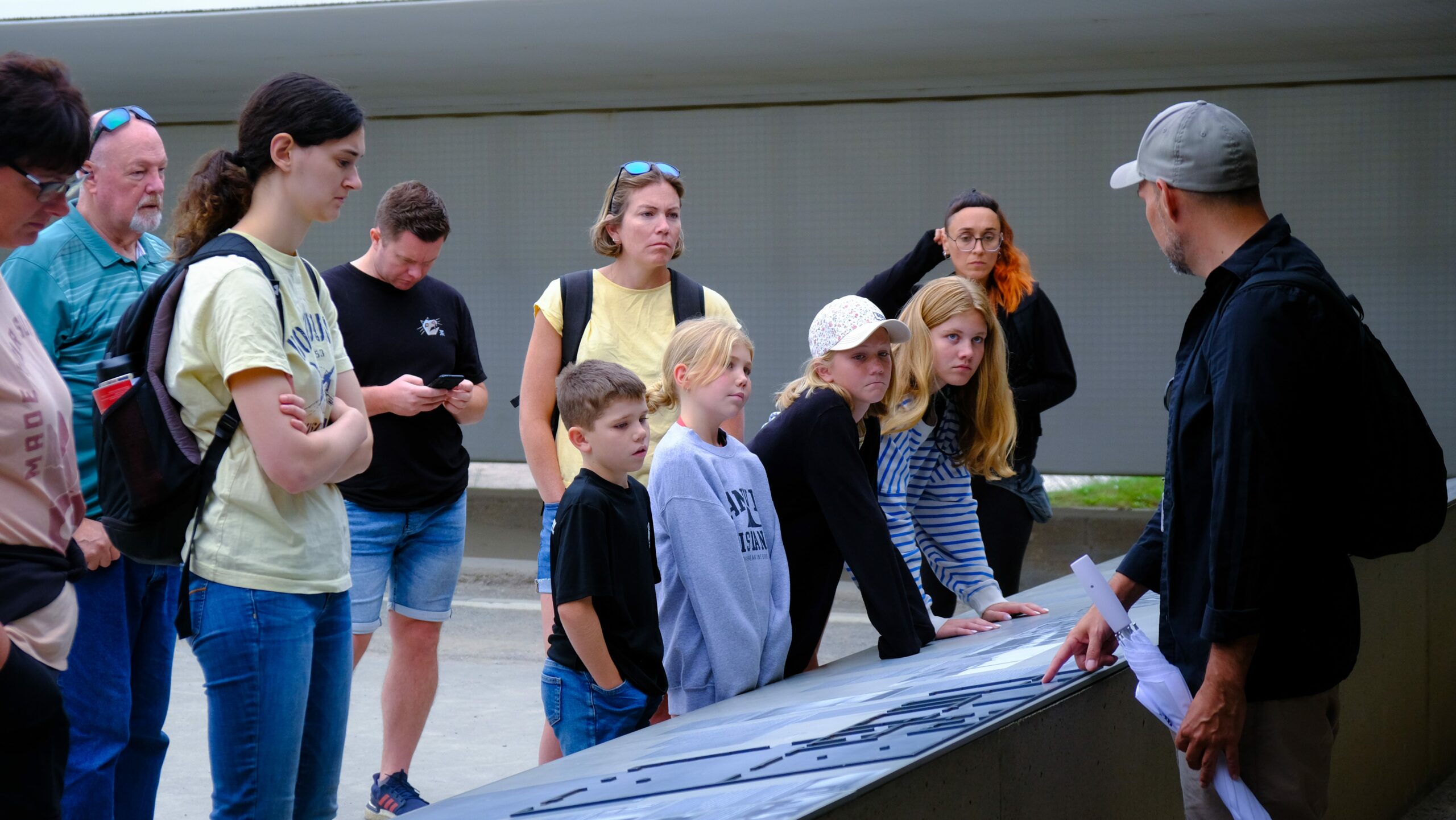The city of Budapest which is the capital of Hungary, enjoys a reputation for its beautiful architecture, historical background and the Danube River that divides it into two sides. Buda is to the west of the Danube and Pest is across the river. New residents to Budapest may find themselves wondering where Buda actually is. We will examine what is important to know about Budapest’s setup and tell you what’s available on the different sides to make your journey easier.
The Danube River is responsible for splitting Buda and Pest.
Budapest is separated into two parts by the Danube River which flows right through its center. The western side has Buda and Pest is situated on the eastern part. Besides beauty, the river helps travelers orient themselves as they move around the city.
Buda is the area known for its history and its hills.
The charm of ancient times and beautiful vistas make Buda well known. Because this area has hilly landscape, it offers great views of Pest and the Danube River. Some of the top places to go in Buda are:
Buda Castle which consists of many buildings, has the Hungarian National Gallery and the Budapest History Museum inside.
The Fisherman’s Bastion standout with its impressive views of the city and its fairytale-style architecture.
Gellért Hill is a favorite place for nature lovers as it features trails, the famous baths and a citadel.
Margaret Island sits between Buda and Pest, away from the noise of the city and it has many parks, gardens and baths for visitors.
Pest is lively and full of life.
The vibrant heart of the city is Pest which is found on the eastern side of the Danube. Its streets are always busy, its nightlife vibrant and it has numerous places to enjoy culture. These are some notable features of Pest:
On the UNESCO list, Andrássy Avenue is known for its stunning architecture, upscale stores and famous monuments such as the Hungarian State Opera House.
The Hungarian Parliament Building is a marvel of Gothic Revival architecture on the banks of the Danube and is seen as one of the best parliamentary buildings in the world.
The St. Stephen’s Basilica is impressive in design and size and its dome provides beautiful views of the city.
In Jewish Quarter, you can experience great Jewish culture and visit the historic synagogue, interesting museums and unique ruin bars.
Connecting the two: Bridges
Several crossings over the Danube River connect Buda and Pest. They connect people traveling across the river and, at the same time, give great views of both. The most well-known bridges are:
The ever-recognizable Chain Bridge (Széchenyi Lánchíd) connects sides of the city, revealing wonderful things to see at night.
Elizabeth Bridge (Erzsébet híd): A big white bridge joining the southern parts of Buda and Pest.
The Liberty Bridge (Szabadság híd) is famous for being green and for connecting Pest and the Gellért Hill area.
This bridge (Margit híd) combines Buda and Pest and makes it easy for people to visit Margaret Island.
Using Both Sides: Things You Can Do
You should really try to see all of Budapest, starting in Buda and ending in Pest. In this way, you’ll find out a lot about the city’s tradition, people and interesting community vibes. You can try these things:
Appreciate the view from a bridge and then use it to quickly get to the other side.
See both the Buda and Pest thermal baths to pamper yourself and experience relaxation.
Sample the local food at both popular restaurants like Gundel, in City Park and local places in the Jewish Quarter.
Look into exploring Danube by boat which lets you see both banks of the city and its highlights.
Some distance from the Danube River on the west, Buda has hilly terrain and historical sites in its area. In contrast, Pest is in the east and is famous for its energetic environment, cultural monuments and buzzing main streets. All this means that Budapest, with both of these sides, has many attractions for tourists to see and enjoy.
Table of Contents




